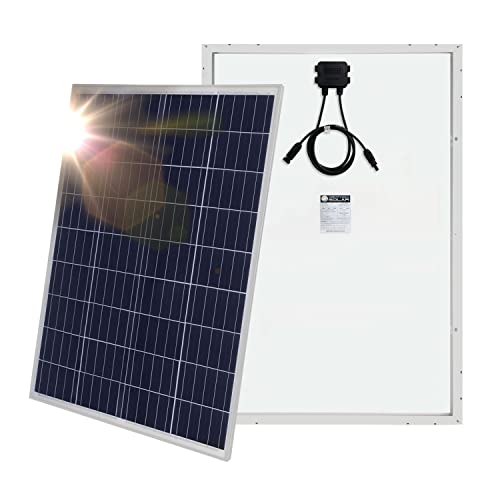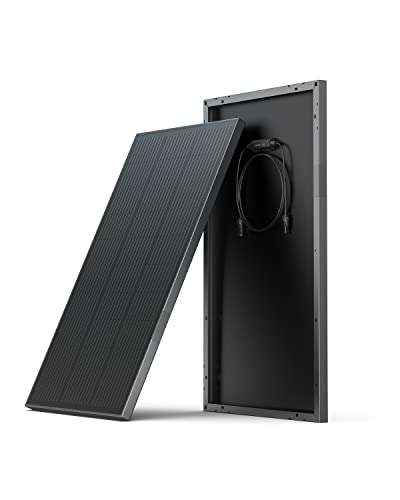So, you’re curious about solar panels? Let’s break it down in a way that makes sense. Solar panels are devices that convert sunlight into electricity. They’re made up of many smaller units called solar cells, typically made from silicon. When the sun hits these cells, they generate an electric current. Pretty cool, right? This process is called the photovoltaic effect.
Now, you might be asking, “How do solar panels actually work in my home?” It’s quite simple. When the panels collect sunlight, they convert it into DC (direct current) electricity. This electricity travels through an inverter, which changes it to AC (alternating current), the type of electricity that powers your home. Once that’s done, you can use the energy for everything from charging your phone to running your refrigerator.
Wondering about installation? It's a straightforward process! Most people choose to install panels on their roofs, but you can also set them up in your yard if you have space. The key is to make sure they get plenty of sunlight throughout the day. And yes, you can still be eco-friendly even if you don’t have a south-facing roof. The technology has come a long way, and there are options out there designed to work well in different conditions.
If you're looking to take the plunge into solar, understanding the financing options is important. Many folks worry about the initial costs, but remember, there are tax credits and rebates that can significantly lower that expense. Plus, think about the savings on your electric bills long term! It’s all part of the conversation in the Solar Panel FAQs you might come across.
How Solar Panels Save You Money
Switching to solar panels can really make a dent in your monthly bills. By harnessing the power of the sun, you’ll generate your own electricity. That means less reliance on the grid and reduced energy costs.
Here’s how it works: when you install solar panels, they capture sunlight and convert it into usable energy. This cuts down what you pay your utility company. Plus, many states and local governments offer incentives, like tax credits or rebates, which can make installation even more affordable. It’s like getting paid to go green!
Another money-saving factor is net metering. Most solar panel systems allow you to send any excess electricity you generate back to the grid. When this happens, you earn credits, which can offset future energy bills. This way, on sunny days, your meter can actually spin backward!
Lastly, solar panels can boost your home's value. Many home buyers today are looking for eco-friendly features. So, when it’s time to sell, having solar panels can make your home more attractive and possibly fetch a higher price, leading to even more savings down the road.
If you’re curious about the financial side of solar, check out our Solar Panel FAQs. They’ll help you understand all the ways solar panels can save you money now and in the long run.
Sense Energy Monitor – Real-Time Solar and Usage Tracker
Keep tabs on your energy use and solar production effortlessly with this handy monitor
Product information
$349.00
Product Review Score
4.5 out of 5 stars
42 reviewsProduct links
Installation Steps You Need to Know
Getting solar panels set up can feel daunting, but breaking it down into simple steps makes everything easier. Here’s what you need to know about the installation process. These Solar Panel FAQs cover everything from prepping your roof to flipping the switch!
Step 1: Evaluate Your Space
Check your roof for size, angle, and shading. You want a south-facing area that gets plenty of sun. If you have a shaded spot, don’t worry! There are ways to work around it, but the sunnier, the better.
Step 2: Permits and Paperwork
Before any panels go up, you’ll need to handle some paperwork. Most areas require permits for solar installation. Your installer can usually help sort this out, so don’t stress too much about it!
Step 3: Installation Time
Once the green light is given, the fun part starts. Your solar installer will come with a crew, and they’ll get the panels mounted and wired up in a day or two. They handle all the heavy lifting, so you can just sit back and watch the magic happen.
Step 4: Final Inspection and Turn-On
After installation, an inspector will check everything to ensure it’s safe and in line with local codes. Then, it’s time for the best part—turning on your new solar system! Get ready to enjoy lower bills and tons of sunshine!
Mighty Max 100W 12V Waterproof Solar Panel Charger
Harness the power of the sun with this durable and efficient solar panel charger designed for all your outdoor energy needs
Product information
$99.96
Product Review Score
4.79 out of 5 stars
43 reviewsProduct links
Maintenance Tips for Lasting Performance
Taking care of your solar panels is pretty straightforward, and a little effort can keep them running smoothly for years. Regular maintenance means you won’t have to worry about losing efficiency. Here are some easy tips to make sure your system stays in top shape.
Start with the basics: keep your panels clean. Dust, dirt, and bird droppings can block sunlight and cut down on your energy production. Give them a gentle rinse with water a couple of times a year. If you live in a sandy area or near lots of trees, you might need to do this more often. Just use a soft brush or a sponge to avoid scratching.
Check for any debris around the panels too. Leaves and branches can block sunlight or even damage the system if they get blown onto the surface. Taking a few minutes to clean up can make a big difference. Also, keep an eye out for any shading. As trees grow or new buildings pop up, your panels might not get as much sunlight as before.
Lastly, keep an eye on the inverter. It’s like the brain of your solar system, converting sunlight into usable energy. Make sure the indicator lights are showing normal operation. If you see anything unusual, don’t hesitate to contact a professional. Regular check-ins can save you from major issues down the line, aligning perfectly with the Solar Panel FAQs you might have about maintenance.






